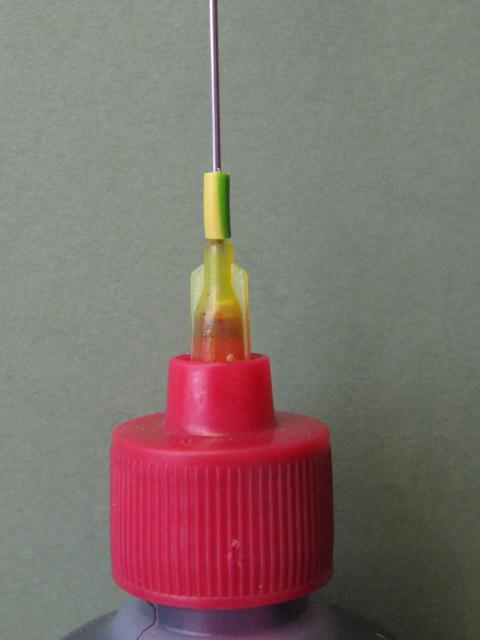- Thread starter
- #51
ghwellsjr, thanks for your post.
I accept that some of my pointers are not in the original announcement. They don't modify it but they restrict it a bit. They were formed as safeguards against my natural tendency to experiment and I knew that some other participants in this forum would find them useful because the vast majority of us have a tendency to experiment.
But I always thought that the type & size of the needle, the position of the hole and the injection location were not suggestions but rules in the original photos & videos. I did not follow the debate that ensued after they were published.
I agree that the instructions of the method should be made more clear, at least on the needle and the hole and not rely on imagery only. As you and Pharmacist have made it to the official nifty article I hope you'll come to an agreement on how to present the updated rules.
I'll PM Pharmacist to take a look at this.
I accept that some of my pointers are not in the original announcement. They don't modify it but they restrict it a bit. They were formed as safeguards against my natural tendency to experiment and I knew that some other participants in this forum would find them useful because the vast majority of us have a tendency to experiment.
But I always thought that the type & size of the needle, the position of the hole and the injection location were not suggestions but rules in the original photos & videos. I did not follow the debate that ensued after they were published.
I agree that the instructions of the method should be made more clear, at least on the needle and the hole and not rely on imagery only. As you and Pharmacist have made it to the official nifty article I hope you'll come to an agreement on how to present the updated rules.
I'll PM Pharmacist to take a look at this.


